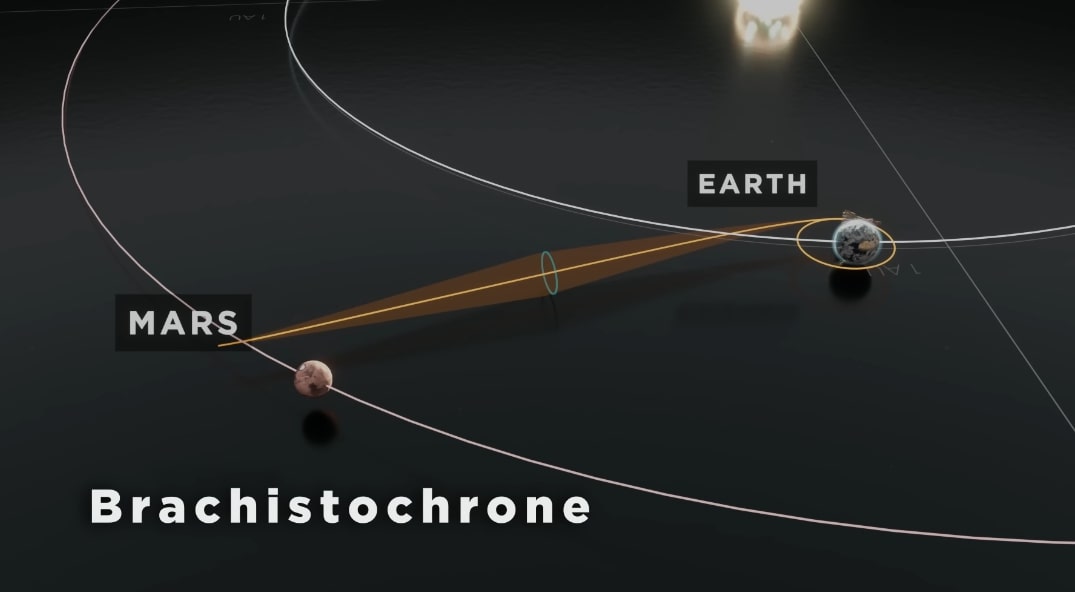Solar System Exploration: Next-Gen Propulsion Systems – Reaching for the Stars
The vast expanse of our solar system has always beckoned humanity. But reaching beyond Earth's orbit requires overcoming immense challenges, the most significant being propulsion. Current chemical rockets, while effective for lower Earth orbit, are simply too slow and inefficient for ambitious interstellar travel. This is where next-generation propulsion systems come in, promising revolutionary advancements that could dramatically accelerate our exploration of the cosmos.
The Limitations of Chemical Rockets
Traditional chemical rockets rely on burning propellants to generate thrust. While powerful for launch, their limitations are stark:
- Low Specific Impulse: They have a relatively low specific impulse (Isp), meaning they burn fuel quickly and don't provide sustained thrust for long durations.
- High Mass Ratio: A significant portion of the rocket's mass is fuel, limiting payload capacity and range.
- Limited Velocity: Reaching other planets and beyond requires immense velocity, a hurdle chemical rockets struggle to overcome.
These limitations significantly restrict the speed and range of our space exploration efforts. Missions to distant planets like Mars require lengthy travel times, posing challenges for astronauts and equipment.
Next-Generation Propulsion: A Revolution in Space Travel
Fortunately, scientists and engineers are actively developing several promising next-generation propulsion systems:
1. Ion Propulsion
Ion propulsion systems use electricity to accelerate charged particles (ions), generating thrust. While the thrust is relatively low, it's sustained over long periods, making it ideal for deep-space missions. NASA's Dawn mission successfully utilized ion propulsion to explore Vesta and Ceres. The advantages include:
- High Specific Impulse: Significantly higher than chemical rockets, leading to greater fuel efficiency.
- Extended Mission Duration: Allows for longer journeys with less propellant.
- Improved Fuel Efficiency: Reduces the overall mass of the spacecraft, allowing for larger payloads.
2. Nuclear Thermal Propulsion (NTP)
NTP uses a nuclear reactor to heat a propellant (like hydrogen), generating high-velocity exhaust and substantial thrust. This technology offers a compelling combination of high thrust and high specific impulse:
- Higher Thrust than Ion Propulsion: Suitable for faster missions and more agile spacecraft maneuvers.
- Improved Specific Impulse: More fuel-efficient than chemical rockets.
- Potential for Faster Interplanetary Travel: Significantly reduces travel times compared to chemical rockets.
3. Nuclear Fusion Propulsion
Nuclear fusion, the process powering the sun, holds the potential for truly revolutionary propulsion. By harnessing the energy released from fusing light atomic nuclei, fusion propulsion could offer:
- Extremely High Specific Impulse: Potentially orders of magnitude higher than current technologies.
- Vastly Increased Range: Enabling missions to the outer solar system and potentially beyond.
- Reduced Travel Times: Making interstellar travel a realistic possibility.
However, fusion propulsion is still in its early stages of development, facing significant technological hurdles.
4. Solar Sails
Solar sails utilize the pressure of sunlight to propel spacecraft. While not providing high thrust, they offer a potentially sustainable and fuel-less method for long-duration missions:
- Unlimited Propellant: Relies solely on sunlight, eliminating the need to carry fuel.
- Low Cost: Potentially less expensive than other propulsion systems.
- Ideal for Deep Space Missions: Suitable for reaching distant destinations where sunlight is still available.
The Future of Space Exploration
The development of next-generation propulsion systems is crucial for advancing space exploration. These technologies hold the key to unlocking the full potential of our solar system and beyond, enabling faster, more efficient, and more ambitious missions. Further research and development are vital to overcome the remaining technological challenges and usher in a new era of space travel. This progress will not only expand our scientific understanding but also inspire future generations to reach for the stars.
Further Reading:
Call to Action: Stay informed about the latest advancements in space propulsion by following leading space agencies and research institutions. The future of space exploration depends on continued innovation and investment in these groundbreaking technologies.
